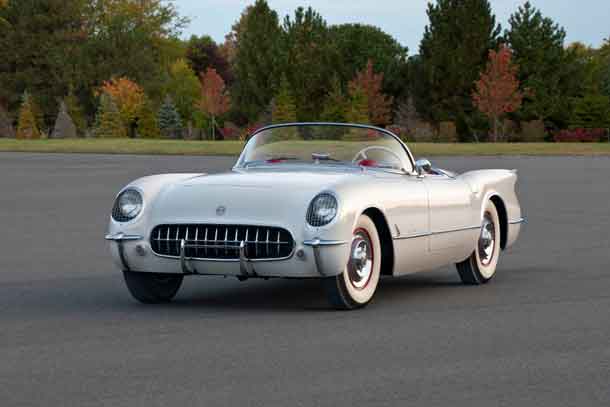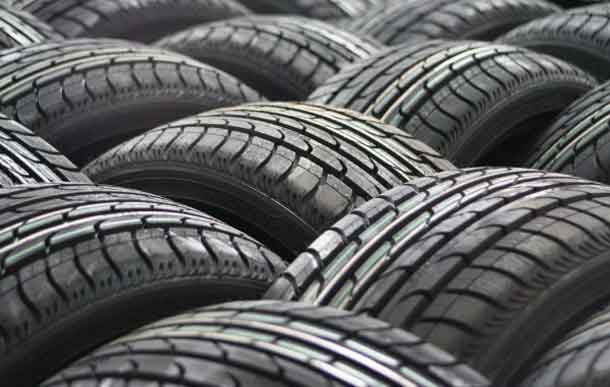Every car needs maintenance, no matter its age. One of the common misconceptions, when new vehicles are purchased, is that you don’t have to touch them for several years as they’re brand new – what could go wrong! In reality, even though they are new, the engine is bedding in, and you are also getting used to the driving experience, so light maintenance and servicing are still required each year. In contrast, older vehicles, particularly classic cars, need a little more upkeep than new models.
So, to give you an insight into the upkeep of each type of vehicle, check out these tips below:
Tips for classic car owners
Classic cars are typically not driven as much as other vehicles, so they experience age-related and low-usage issues over time. To improve their performance and keep repair bills down, there are a few things you can do.
Regular servicing and check-ups
No matter how much you drive your classic car, regular servicing and check-ups will ensure you don’t run into any major issues along the way. A great way to keep on top of this is to create a schedule just like garages do. This schedule will be based on your vehicle as every car or truck is different.
Suppose you have a Dodge Challenger. Some examples of the maintenance schedule may involve replacing the air filter every 30,000 miles, flushing the engine coolant every ten years or 100,000 miles, whichever comes first, and changing tires needed, plus a range of other elements. If you’re considering buying a classic car such as a used Dodge Challenger in Houston TX, this is also a good thing to watch out for on service records to determine the upkeep and condition of your purchase.
Tips for new car owners
While new cars don’t need as much attention as older cars, light servicing and maintenance should be a feature. Some areas to consider include:
- Wash it regularly – Busy schedules mean that washing the car is the bottom of the to-do list. However, it can help you keep the paintwork fresh. The buildup of dirt and grime can lead to faded paint, plus it might also mask any scratches, so you don’t realize until they’re a bigger issue.
- Change tires – Tires are an essential safety aspect of your car. While a new car may have sufficient tread, they can wear down quickly due to driving conditions and road surfaces. Be mindful of the condition of your tires, especially if you drive a lot. Tires typically last quite a long time but keeping tabs on the tread will ensure you have adequate grip when driving.
- Fluid levels – Another area that often gets missed by new car owners is fluid levels. There are several different fluids levels to keep an eye on, including general water, automatic transmission fluids, and oil levels. While these may not diminish quickly, they will affect the car’s performance and condition if left at low levels.







